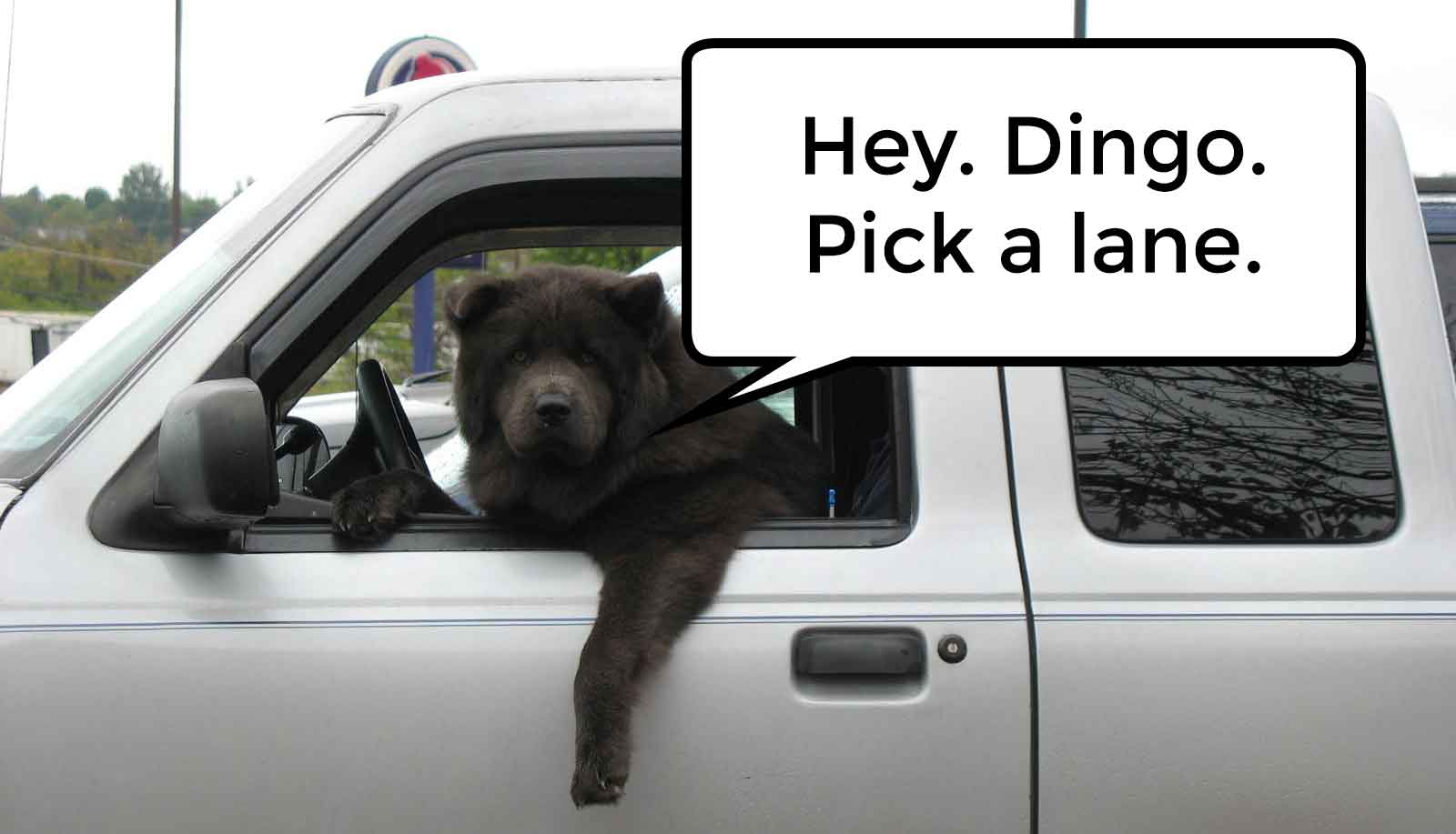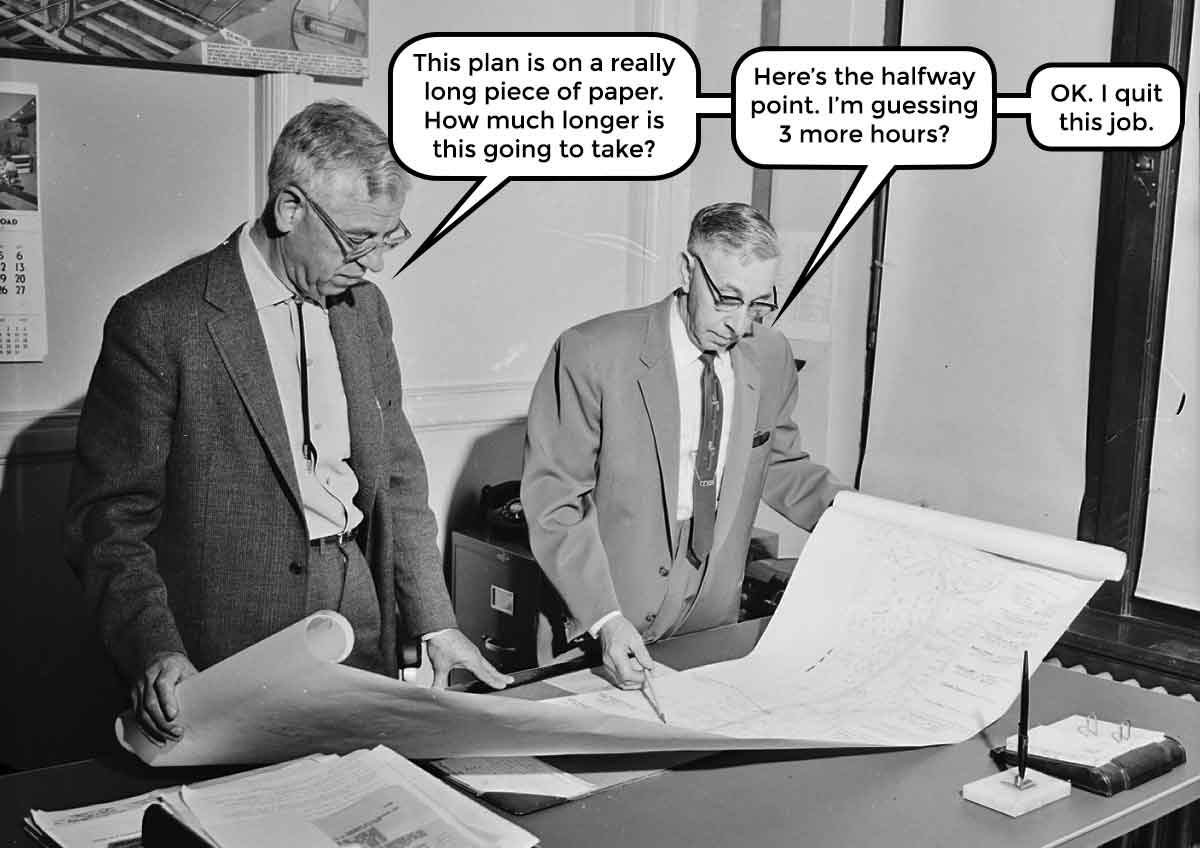Customer experience darling Zappos recently reported 210 of its employees have resigned. That’s about 14% of their workforce. The exodus stems from an ultimatum issued by CEO Tony Hsieh early this past April.
That number might seem shocking at first glance, but in terms of employee engagement strategy, it’s not so bad.

A Call to Arms
Let’s back up a bit, and talk a little more about that ultimatum.
Since 2013, Zappos has been working toward an organizational system known as Holacracy. For the sake of brevity, Holacracy is based on self-management, self-organization, and efficiency.
Early in April, Hsieh sent an email to his employees about adoption of the system. (That email subsequently leaked, which led to Zappos posting it on their insights blog for your reading pleasure.) He explained that as Zappos was awkwardly straddling a line between its traditional hierarchy and Holacracy, he thought it was time to take a “rip the bandaid approach” to fully implement Holacracy.
Hsieh told Zappos employees they had until the end of April to choose to stay aboard or jump ship. Those who decided to jump—and who performed certain actions like watching this video, reading a free copy of “Reinventing Organizations” (or not and sending an email), and helping transition their workload—would receive severance based on tenure.
When it was all said and done, 210 out of 1,503 employees decided to leave Zappos.

We Do We, You Do You
Those familiar with online shopping or customer experience know Zappos is not a common company. They’re built on customer service, and they’re a common reference for customer-centric discussion. They pioneered free two-way shipping something like a decade ago. (At least, that’s when I first ordered a pair of shoes from them, because wow-free-shipping-it’s-2006-what’s-an-iPhone.) Zappos even paid employees to quit after training as early as 2008.
So they’ve been doing this type of thing for a long time.
Organizational alignment and employee engagement can come with difficult decisions—because people are not universal-fit cogs in the corporate machine. They each come with different interests, comfort zones, and attitudes toward change.
What some find exciting will terrify others.

I’ll concede a 14% loss is a considerable one, for any workforce. But these were willing departures. Those 200-plus employees made their choice, and the rest of the team at Zappos made theirs.
It’s a little early to see whether Hsieh’s push for Holacracy will pay off. But it’ll be interesting to watch as Zappos continues on its course—knowing that its staff had a chance at a clean exit, but chose to stay on board anyway.
Want more about employee engagement?
Check out our free one pager below, which explains our employee engagement model and provides an overview of our EmployeeMetrics solution. Or you can check out past employee engagement blog posts here.
Image Credits:




